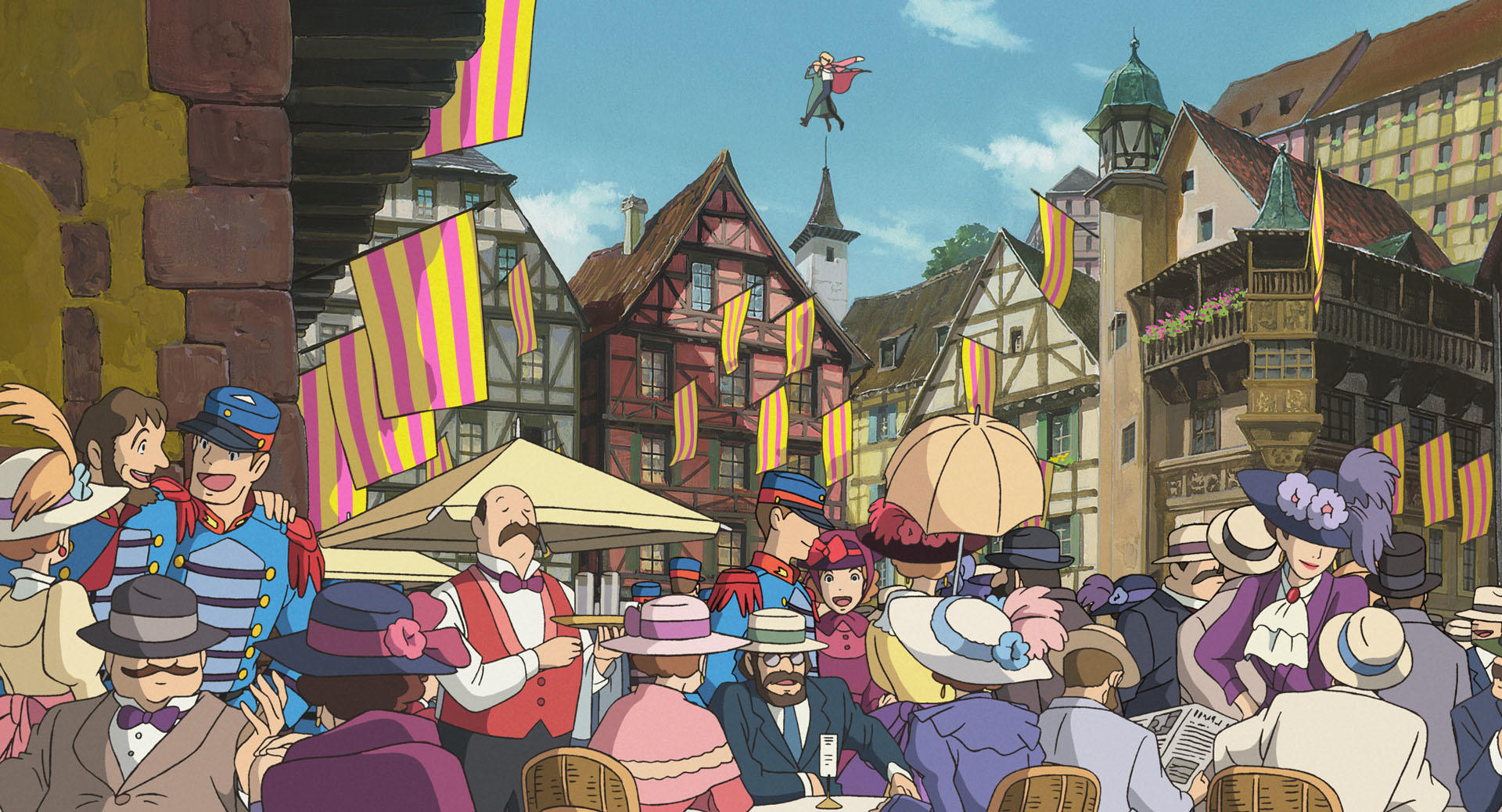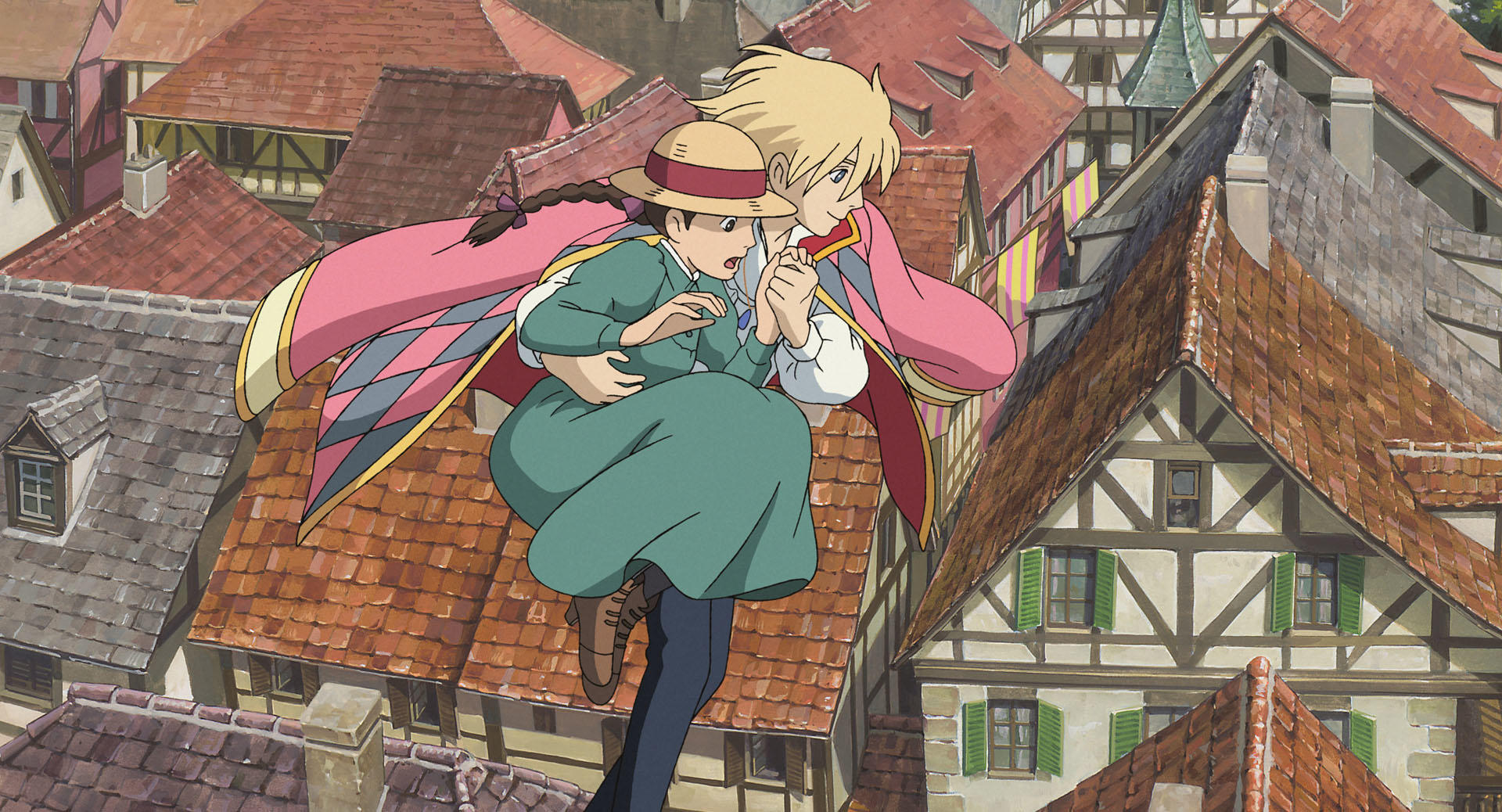
Howl’s Moving Castle
Howl’s Moving Castle : an inspiring film
The movie “Howl’s Moving Castle” has been created by the Studio Ghibli and directed by the legendary Hayao Miyazaki. This page dives into the real-life places that inspired and helped shape the attractive landscapes of this animated classic.
Let’s discover this amazing film and its inspirations !
Synopsis
“Howl’s Moving Castle” is a fascinating story that follows Sophie, a young woman transformed into an elderly lady by a witch’s curse. In her quest to break the spell, Sophie encounters a mysterious and flamboyant wizard named Howl and his extraordinary moving castle. As she becomes part of Howl’s war-torn world filled with magic and danger, Sophie discovers her own strength and the transformative power of love. Inspired by real European landscapes such as the city of Colmar, the film mix fantasy and reality, creating an amazing and inspiring story about courage, self-discovery, and the resilience of the human spirit.
Real-life inspirations
Colmar
“Don’t be afraid, you’re doing well”. A young girl named Sophie is embraced by the magician Howl who is whispering to her ears while floating above the city where the parade goes non-stop.
It is one of the first scene of the legendary movie “Howl’s Moving Castle” which was released in 2004. Howl and Sophie are floating above an old and tradionnal house, typical from the Alsace region in France.

Maison Pfiester : a traditional house from Alsace
With a population of about 70000 people, Colmar has an architecture from the Middle Ages influenced by the repeated territorial struggles with Germany. These buildings such as the “Maison Pfiester” are influenced by these battles and appear in this movie. Actually, the director Hayao Miyazaki wanted to see for himself the typical Alsacian architecture with these walls that has a wooden structure called “half-timbered” for his research about the next film.
More specifically, the “Maison Pfiester” built in 1537 is known as a “Holy Land” among japanese visitors who are fans of the Studio Ghibli thanks to these architecturals characteristics well highlighted. The house has been a source of inspiration for the design of some buildings in the movie.
